| Plant Habit: | Tree |
| Sun Requirements: | Full Sun Full Sun to Partial Shade |
| Water Preferences: | Wet Wet Mesic Mesic |
| Soil pH Preferences: | Slightly acid (6.1 – 6.5) Neutral (6.6 – 7.3) Slightly alkaline (7.4 – 7.8) |
| Plant Height: | 40 to 50 feet, to 75 feet |
| Plant Spread: | 35 to 50 feet |
| Leaves: | Evergreen Fragrant Needled Other: scaly leaves with varying structure, from small and tight to long and feathery |
| Flowers: | Inconspicuous Other: Male cones are tiny, female cones are about 1/2 inch tall and release reddish seeds with wings on both sides, blown by the wind. |
| Uses: | Windbreak or Hedge Provides winter interest Will Naturalize |
| Edible Parts: | Bark Leaves |
| Eating Methods: | Tea |
| Resistances: | Flood Resistant Humidity tolerant Drought tolerant |
| Toxicity: | Other: Tea should not be drunk by pregnant women. |
| Propagation: Seeds: | Stratify seeds: Cold moist stratification (40 degrees F, 4 degrees C) for 2 months. |
| Propagation: Other methods: | Cuttings: Stem |
| Pollinators: | Wind |
| Miscellaneous: | Tolerates poor soil Monoecious |

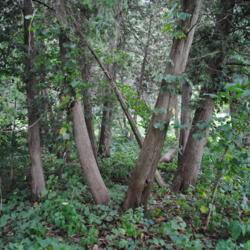
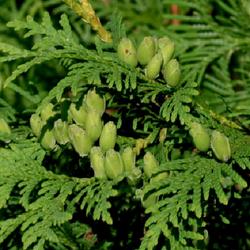

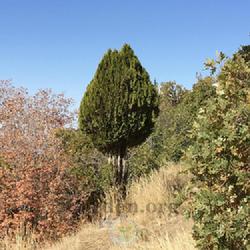
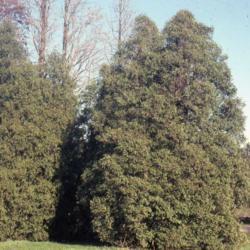
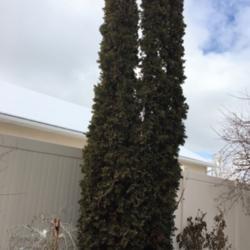
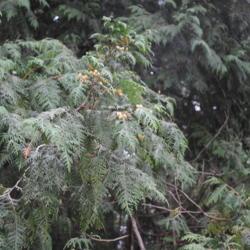
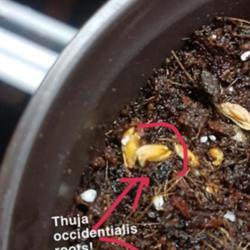
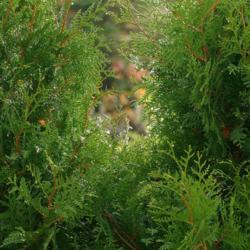
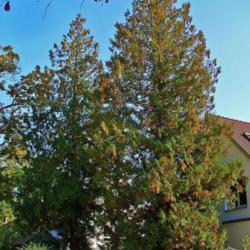
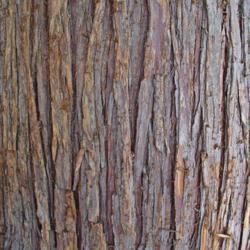
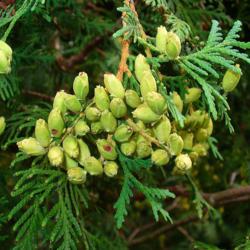
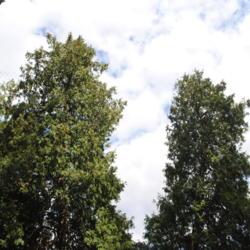
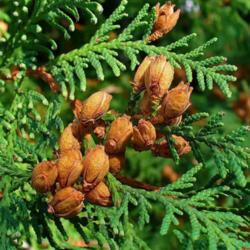

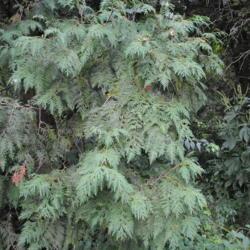
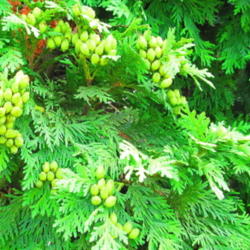
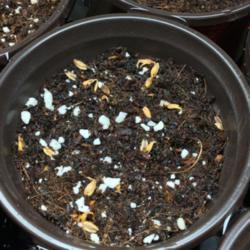
| tinytreez | On January 19, 2020 | Obtained plant January 12, 2020: Obtained plant (Seeds obtained from Mount Royal Seeds. Seeds soaked in lukewarm water for 24 hours. Seeds placed in moist paper towel and stored in plastic sandwich bag and placed inside refrigerator to stratify for ~ 2 months. Stratification end date: February - March) January 16, 2020: Seeds germinated (My Thuja seeds are alive! Well a couple of them at least. They germinated and their roots are growing. This is from a visual inspection of the seeds that were sown on the surface. I wont transplant them, they look too delicate. If anyone has had any experience growing thuja occidentalis from seed, please let me know. Thank you! Image: https://pasteboard.co/IQfcPom.... |
« Add a new plant to the database
» Search the Arborvitaes Database: by characteristics or by cultivar name
« See the general plant entry for Arborvitaes (Thuja)